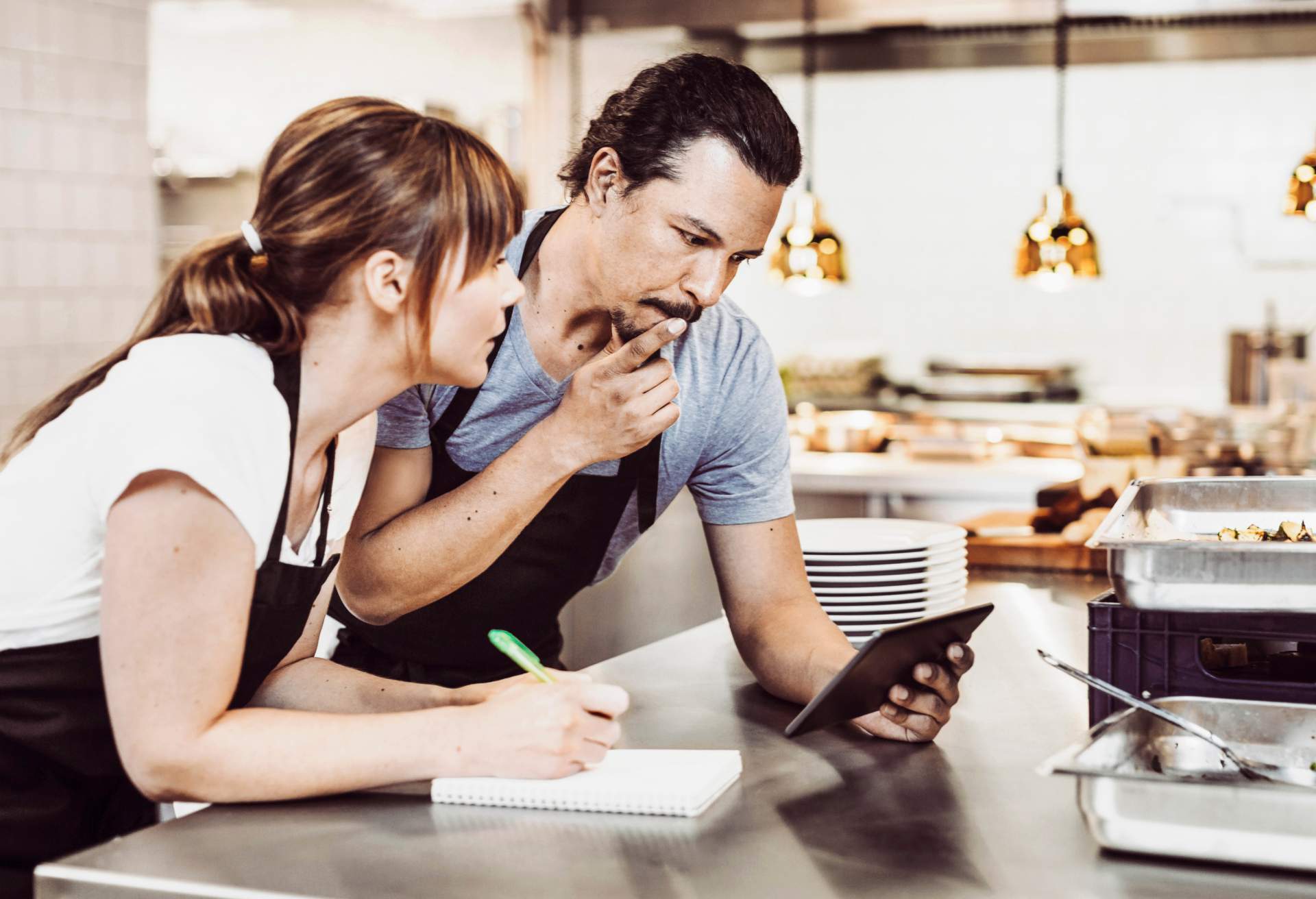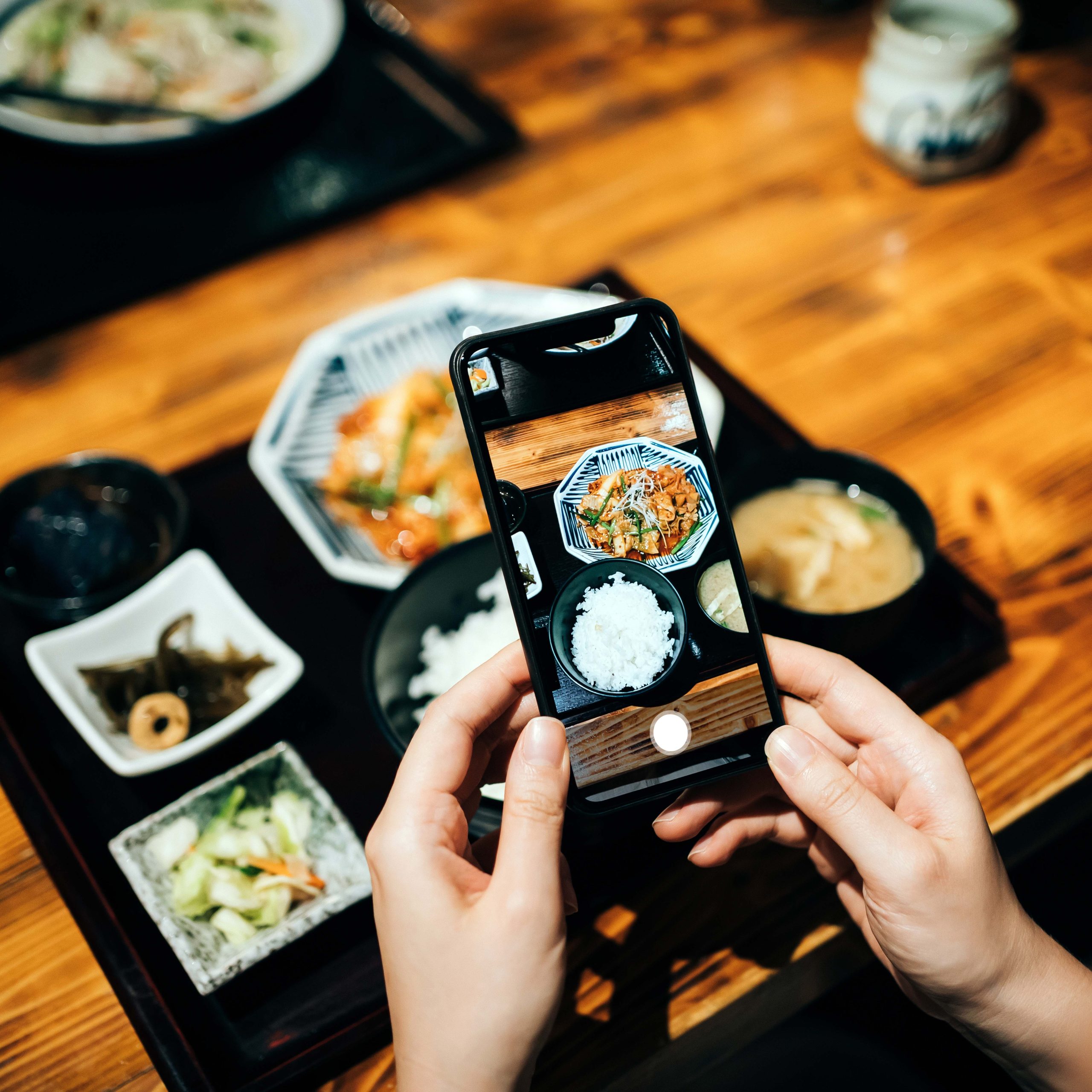If you’re going to open a new restaurant, there’s one aspect that stands tall above all else: the menu. It’s the cornerstone of everything you do and sets the tone. But which menu ideas and concepts can turn your restaurant from another new opening to the must-visit spot in town? That’s the purpose of this guide, which has a bunch of restaurant menu ideas and concepts for any aspiring restaurateur.
Why menu planning matters
Menu planning is central to a restaurant’s success, serving as more than just a list of dishes. A well-crafted menu:
- Influences guest choices
- Enhances the dining experience
- Set the tone for your spot.
A well-planned menu also helps optimise kitchen operations, allowing for better inventory management and reduced food waste. This, in turn, contributes to cost-efficiency and sustainability.
Beyond that, a carefully curated menu enhances the guest experience by offering a balanced variety of options that cater to diverse tastes and dietary needs. In doing so, it fosters customer loyalty and encourages repeat visits.
Types of restaurant concepts
The menu should be a natural extension of your chosen concept. Therefore, you’ll need to land on a restaurant concept before even thinking about the menu. Here’s a breakdown of some popular restaurant concepts and how they influence menu planning.
Fine dining
Fine dining is a high-end concept demanding a menu that reflects its formal setting. It’s not uncommon for fine-dining restaurants to offer a limited selection of meticulously crafted dishes, often with seasonal ingredients and artistic presentation.
Casual dining
The menu can be broader and more versatile with a relaxed atmosphere. It often includes a range of appetisers, mains and desserts, catering to a broad audience while maintaining quality.
Fast food
Speed is of the essence here. The menu should feature items that can be prepared and served quickly, usually at a low price point. Think burgers, fries and shakes.
Fast casual
A fast casual concept bridges the gap between fast food and casual dining. The menu offers quality food but in a less formal setting. Customisation, such as build-your-own bowls or salads, is often a key feature.
Food trucks
Mobility is the hallmark of a food truck. The menu is usually limited due to space constraints but should offer unique, high-quality options that can be prepared quickly.
Ethnic cuisine
Specialising in food from a specific country or region, the menu should authentically represent the chosen cuisine. Whether it’s sushi for a Japanese restaurant or pasta for an Italian trattoria, the focus is on authenticity and flavour.
Themed restaurants
These are built around a specific idea or concept, like a 1950s diner or a pirate ship. The menu should align with the theme, offering dishes that contribute to the overall experience.
Key elements of a successful menu
Creating a successful menu goes beyond listing delicious dishes. The aim is to curate an experience that hits all the right notes with guests while aligning with your restaurant’s identity. Here are some key elements to consider:
Cohesion with restaurant theme
Your menu should be an extension of the restaurant’s overall theme or concept. Whether you’re running a fine dining establishment or a casual eatery, reflect the ambiance and ethos of the restaurant through your menu. This helps create a unified experience for guests.
Seasonal ingredients
Utilising fresh, seasonal produce not only enhances the flavour of your dishes but also serves as a unique selling point. Diners appreciate knowing that they’re consuming high-quality, fresh ingredients. Plus, it’s an excellent way to keep your menu dynamic throughout the year.
Dietary options
Dietary needs should also be taken into consideration. Offering vegan, gluten-free and other special dietary options helps broaden restaurant visitors while also showing that you’re attentive to guest needs.
Signature dishes
Every restaurant should have a few standout dishes that it’s known for. These signature items give diners a reason to return and can become the highlight of your restaurant’s reputation. Make sure these dishes align with your restaurant’s concept and are executed to perfection.
Beverage pairings
Boost the dining experience by suggesting beverages that complement your dishes. Whether it’s a specific wine with a pasta dish or a craft beer with a burger, thoughtful pairings can enhance the meal and add an extra layer of sophistication.
Menu ideas for different concepts
Align your offerings with your restaurant’s concept when crafting the menu. For a fine-dining experience, you can explore multi-course tasting options that highlight the chef’s expertise.
If you’re looking for a casual dining atmosphere, sticking to comfort foods – like burgers and pasta – is always a good choice. Additionally, incorporating local favourites into the menu can attract customers who appreciate familiar flavours.
For those seeking convenient meals, focusing on items like sandwiches and offering value combo meals is key to attracting budget conscious diners.
In the fast casual dining space, giving guests more control over their food with options like customisable bowls and artisan sandwiches allows them to enjoy quality food without formalities or strict rules.
When it comes to food trucks, serving street food classics such as tacos is always a hit. Rotate your menu regularly to keep things fresh and exciting.
If you specialise in ethnic cuisine, offering dishes from the specific culture you’re focusing on is essential. Additionally, consider fusion options that blend traditions and provide a unique twist for adventurous diners.
For themed restaurants, align your dishes with the theme you’re promoting. For example, if you have a pirate themed restaurant serving dishes like “Pirates Platter” is in line with the concept.
Tips for menu design
Several key elements can make a significant impact on your diners’ experience when it comes to designing your restaurant menu. Readability is crucial. Opt for clear, easy-to-read fonts and well-defined categories to help diners navigate the menu effortlessly. Visual elements can also enhance the menu’s appeal, but use images or icons sparingly to avoid clutter and maintain a clean, professional look.
Pricing strategies are another essential aspect of menu design. Psychological pricing techniques can subtly encourage spending; for example, pricing an item at £9.99 instead of £10 can make it seem more affordable in the eyes of the guest.
This small difference can influence purchasing decisions, leading to increased sales without compromising the perceived value of your offerings. A well-designed menu not only showcases your food but also serves as a strategic tool for enhancing customer satisfaction and boosting revenue.
Summary: what’s on the menu?
There are so many types of foods and concepts out there. That’s great news if you’re an aspiring restaurateur that wants to get in the business. With these tips, you can pick wisely and land on a concept and menu that acts as the foundation of your restaurant’s success.




